The way you design your home is a reflection of your tastes and style. Personal style is the soul of home interior design ideas. It not only decides how your space looks, but also rules how your home makes you feel. As the world of designing stands today, personalisation is a key component in designs.
Whether you lean towards a modern minimalist theme or a classic traditional space, your home is going to speak volumes about who you are. A personalised home is the result of choices that tell your story, be it colour, furniture, design elements, textures, etc. In this article, we are going to explore all about how different interior design styles can help you create a space that feels truly yours.
Define Your Style
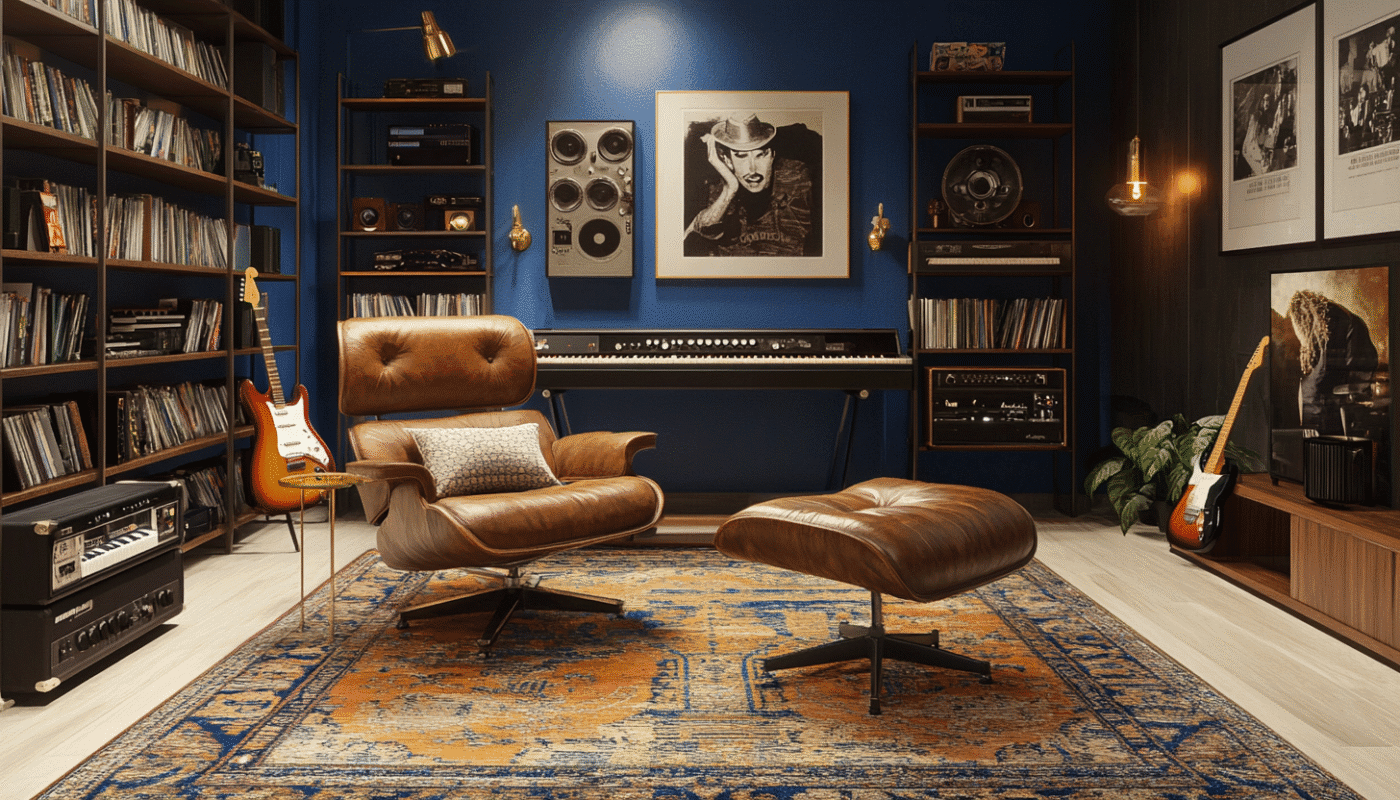
To personalise your home to fit your unique personality, you’ll first want to identify your style. You want to know what styles you like and what elements speak best to your identity. Start off by searching for popular interior design styles, such as industrial, traditional, modern, boho, Scandinavian, etc. See which ones appeal to your tastes.
If you’re a neat/clean person, minimal styles and clarity in lines may fit your personality. Conversely, if you enjoy texture or incorporating eclectic pieces, boho could be a style that is more fruitful in expression.
It’s ok if you don’t want to stick to one style, you can blend different styles to be personal to you! Don’t be afraid to try different elements and aesthetics to incorporate your specific interests. You can also create designs that acknowledge aesthetic and functionality needs as well. There is no prescribed “right” or “wrong” way to design your home interior. Ultimately, your home should be comfortably livable for you!
Recently, one of our clients ordered a beatles band inspired rug (the Abbey road photo, to be specific) for his rather eclectic style music room. While we love working on unique ideas like these, it also goes on to show how beautiful a space can be when it’s truly personalised.
Choosing The Right Colour Palette

The right colour palette can make or break your designs. It is an important element in any home interior design. While choosing a colour scheme, you should consider a few points.
- Think of the room you are choosing the colour for, the amount of natural lighting in the room, who is going to use the room and what their preferences are.
- Think of the kind of paint finish that will match the house’s style, and also think of colours that will go well in the common areas. Choosing soft and neutral tones will create a calm and peaceful environment, while bold and vibrant colours will add energy and personality to the space.
- If you are going for a modern finish, then use neutral tones with a pop of colour. The mix of warm, earthy tones mixed with hues of green or blue can give a cosy and relaxing feel. Knowing the psychology behind colour can also help you choose better for your homes.
- A few combinations that work well while giving a luxurious feel are white with pops of colour: red and hunter green; Emerald and Light Blue; Brown and Grey; Light Grey and Rainforest Green; Blue, Grey and Sand; etc.
Home Decor Styles
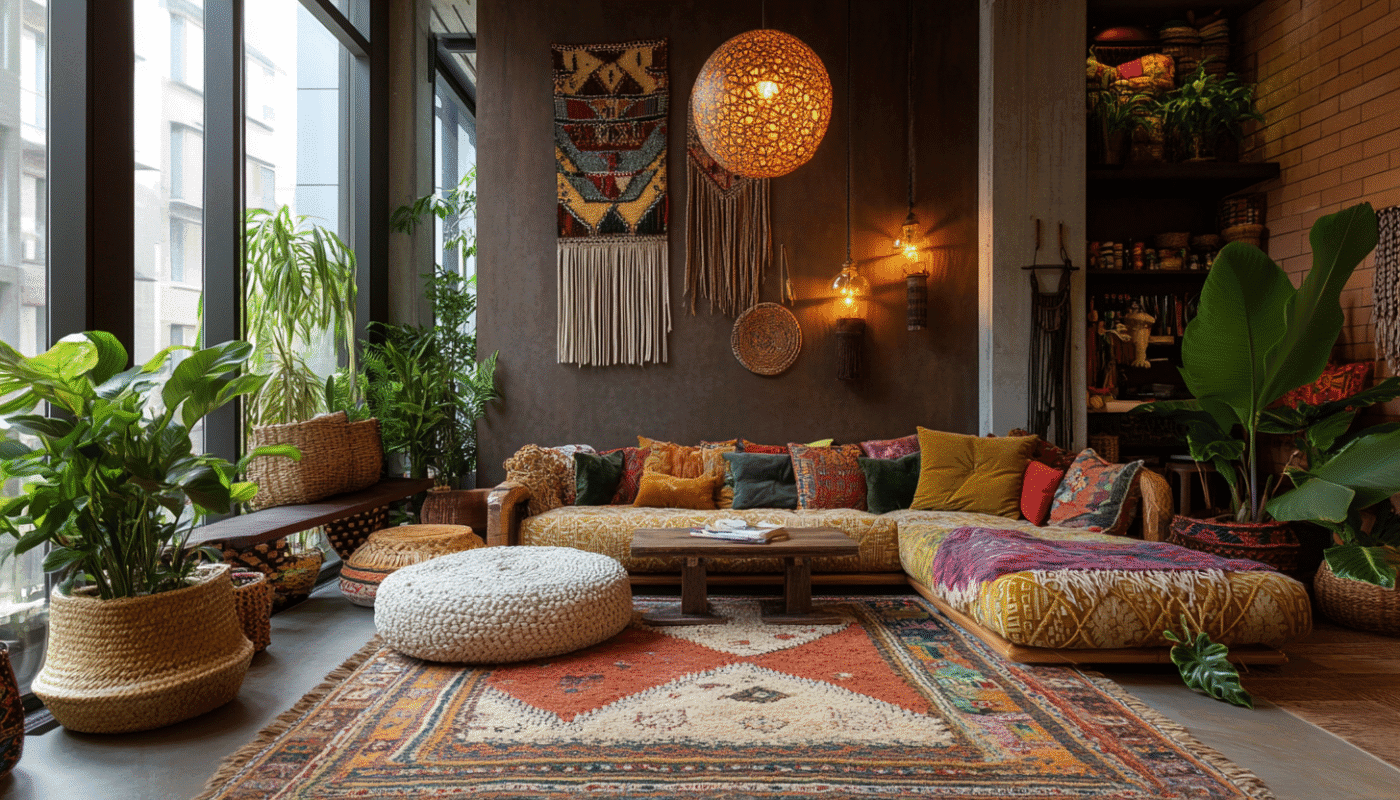
Developing a well-curated and unified lifestyle requires an understanding of your own style. Your choices for interior design, in particular, can be influenced by your awareness of your likes, dislikes, and receptivity to new experiences.
Similar to fashion, there are a plethora of interior design trends to choose from. These designs offer a wide range of inspiration for furniture selections and the aesthetics of home décor, going far beyond the fundamental ideas of minimalism and maximalism.
But what are the types of decorating styles? Do not worry if you don’t know. A few popular home decor themes are listed below:
Midcentury Modern
This style is distinguished by its organic forms, functional design, and simplicity, with a focus on nature.
Minimalist
Emphasising the highest levels of simplicity, minimalism looks to remove any decor and only keep what is functional, with an emphasis on space, neutral colours, and utilitarian furniture.
Bohemian
A free spirit of sorts, Bohemian celebrates the blending of vibrant fabrics and art with fancy patterns as constantly loose.
Scandinavian
Minimalistic yet warm, Scandinavian style focuses on simple, neutral, and light wood colours, and has an emphasis on functionality.
Industrial
The raw look of steel beams, reclaimed wood, and exposed brick makes up the utilitarian but stylish industrial design.
Modern Farmhouse
Contemporary accents married with rustic features such as reclaimed wood and vintage contours define this inviting modern farmhouse style.
Coastal
Quaint seaside charm comes from the use of light colours, nautical illustrations, and natural texture, which are used to lift up the coastal vibes.
Traditional
Formidably ageless, traditional emphasises the use of ornate furniture, damasked covers, rich wooden accents, and detailed elegance.
Art Deco
Dominating the industry of glam and sophistication are the rich, energetic colours and luxurious materials combined with stern geometric shapes.
Contemporary
Contemporary design captures the essence of today’s trends, showcasing sleek lines, soft neutral tones, and an emphasis on practicality and simplicity.
Furniture Selection and Arrangement
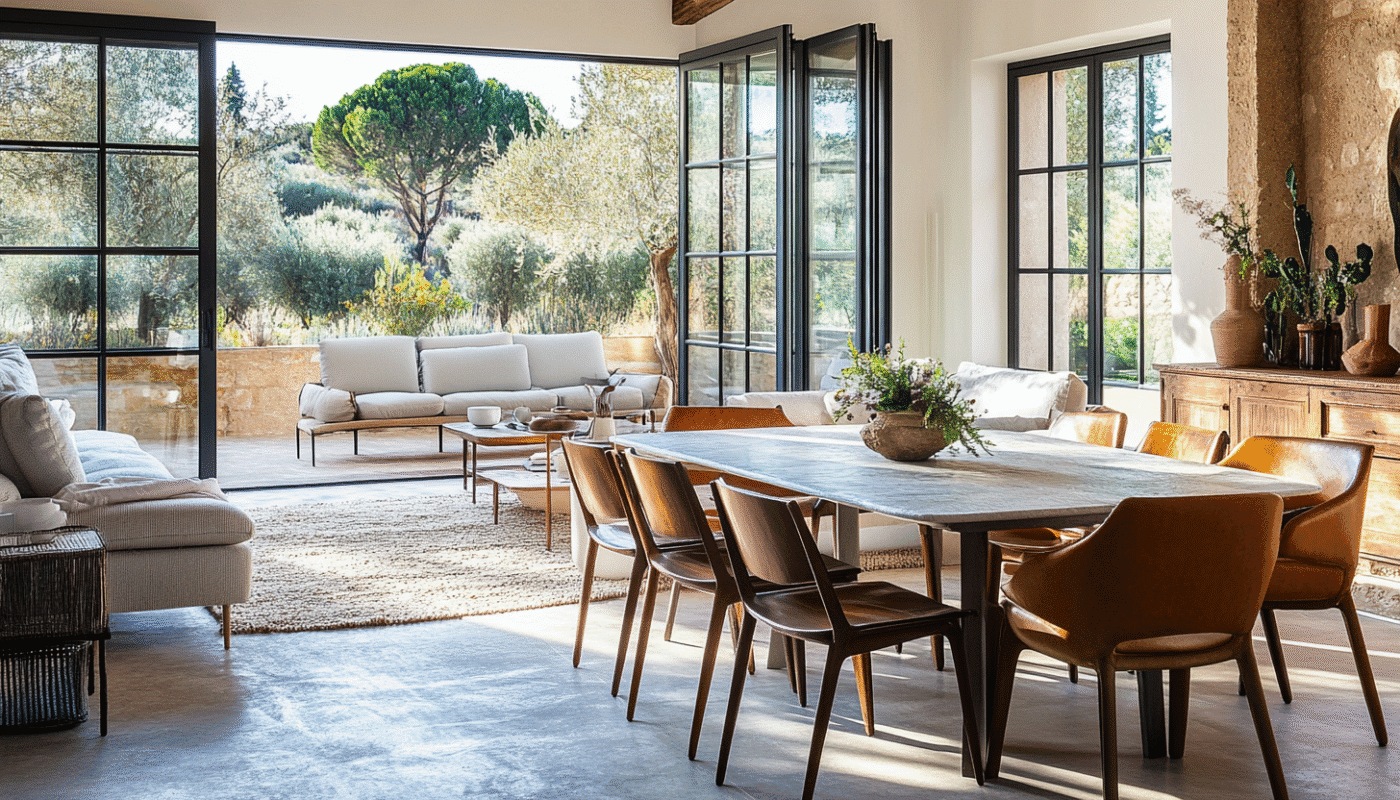
Furniture is an integral part of any design. Even the most basic space will need furniture to be a functional home. But it does not have to limit itself to just making the space functional. Furnishings give meaning to a space. They can transform a room into a living room, dining room, or study.
Today, we have options to choose from, such as well-built and well-designed furniture pieces. So do your research and pick pieces that will fit your lifestyle, home layout and design. Try to build a contrast between your furniture and colour palette. This will enhance both and ensure that they complement each other.
Another important thing to note when it comes to furnishing is that just a pretty design will surely add to the aesthetic, but it won’t make your home livable. Make sure that they are durable and fulfill the purpose that they are meant to serve.
In terms of arrangement, creating a balance is essential. Furniture must be arranged in a way that takes advantage of natural light and provides a sense of openness. Do not fill the area with extra pieces and overcrowd it; make room for movement.
Adding home decor concepts such as statement pieces or vintage treasures can make your design more personal and distinctive. Careful furniture choice and arrangement will make your home’s design both functional and fashionable.
Lighting and Other Elements
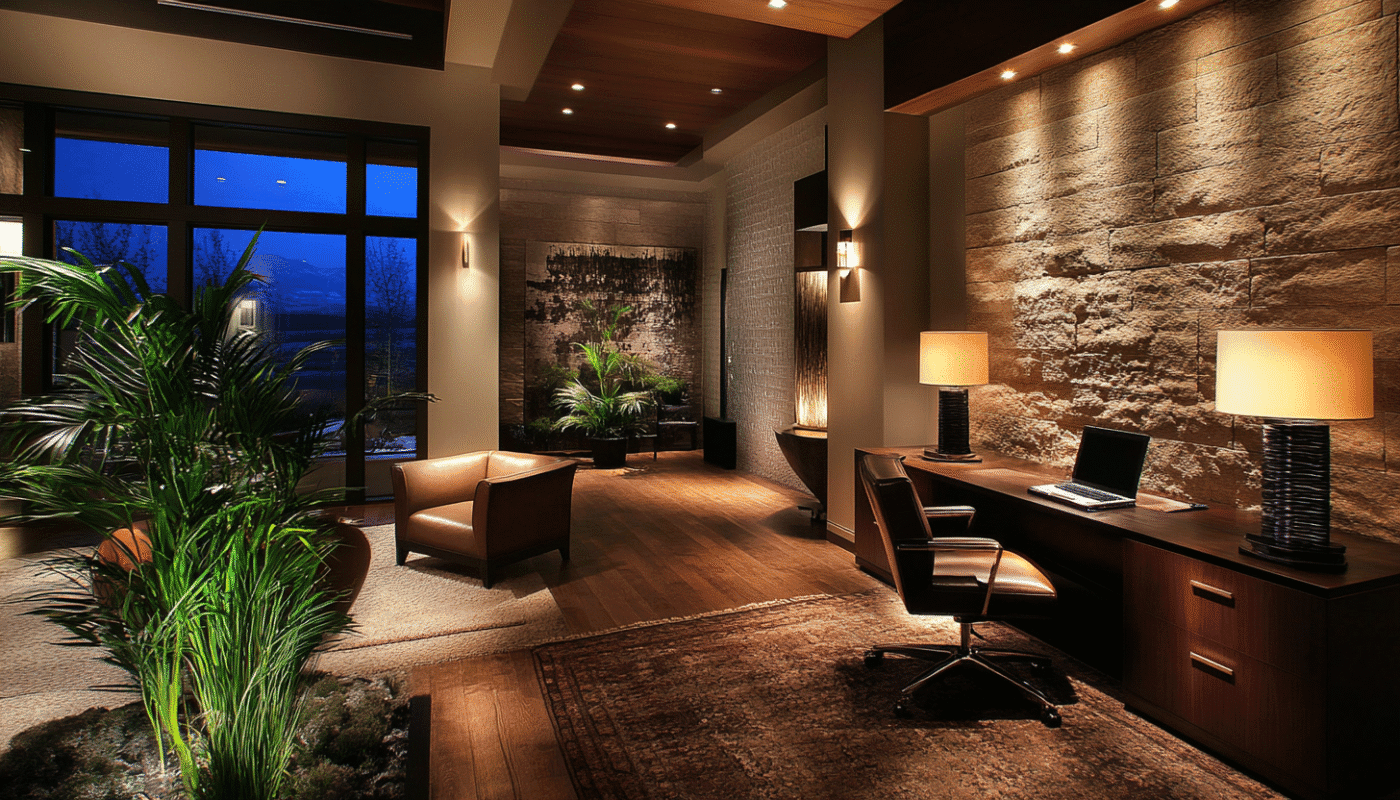
Lighting is important as it sets the mood of a space, whether it is a place of work or a room where one spends time to unwind. Soft, layered lighting is best. A combination of ambient, task, and accent lighting strategically placed will also enhance art pieces, either enhancing the design of the area or serving as the focus of it.
Modern home interior design pendant lights accentuated by sleek floor lamps highlight minimalist sophistication. Focal lighting can improve the cosiness of a room. Warm light makes a room feel more inviting, whereas cool light enlivens an atmosphere, giving it a contemporary edge.
Alongside decor, adding green plants is one of the best ways to enhance a home’s vibe. Not only do fiddle leaf figs and small indoor greenery add splashes of colour as well, but air quality improves by incorporating these plants. Use natural textures of wood, stone, or even metal to create an earthy aesthetic. Comfortable wooden coffee tables paired with stone accent walls help blend interiors with the outdoors, resulting in warm rustic charm.
Designing For Function And Comfort
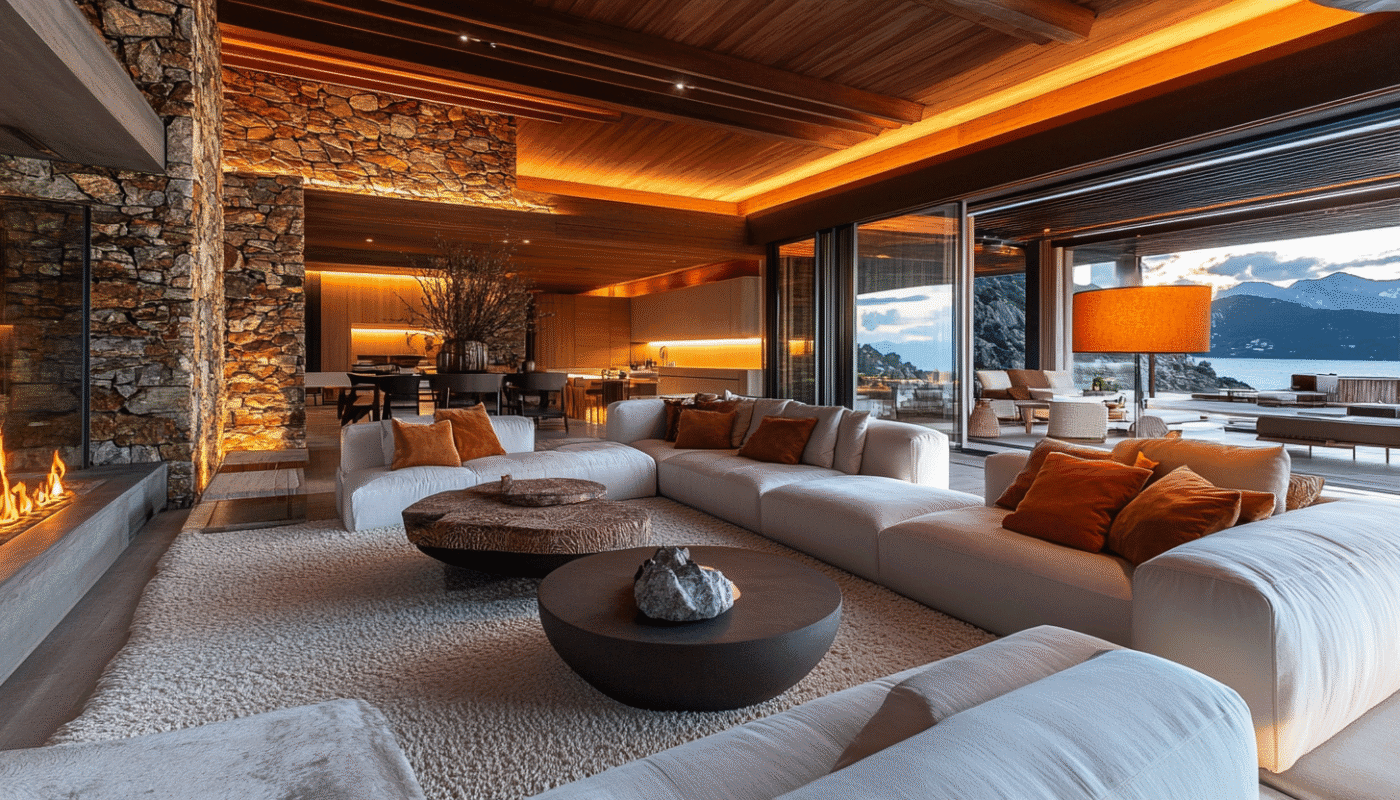
Homes reflect individuals’ personalities and must be incorporated with items that not only improve visual appeal, but also aid everyday activities. Style is not the only factor that delves into the interior of a house. In a modern living room, sofas and chairs that offer support invite the user to repose and recharge.
Development of the home should include soft cushions for lounging, adjustable lights for reading, and warm blankets for cosiness. Movement and accessibility must also be taken into account in the arrangement of furniture, particularly for more compact areas. Enhanced comfort within the home design unit could include cushions, cosy fabric, and soft lighting.
Smart technology that automates lights or improves energy usage serves not only to simplify daily activities, but also to increase efficiency within the design. Smart appliances ease the workload and increase comfort and accessibility while at home. A space should empower users to perform their daily tasks and simultaneously delight in relishing a calm, peaceful, relaxing environment.
Summing Up
To conclude, adding a personal touch to your home is more than just choosing furniture and decor. When it comes to your home interior design style, make sure that you pick something that is uniquely you.
Do not be afraid to experiment and mix styles. Pick colours and elements that best reflect your personality, and lastly, create a space that you would enjoy living in.


